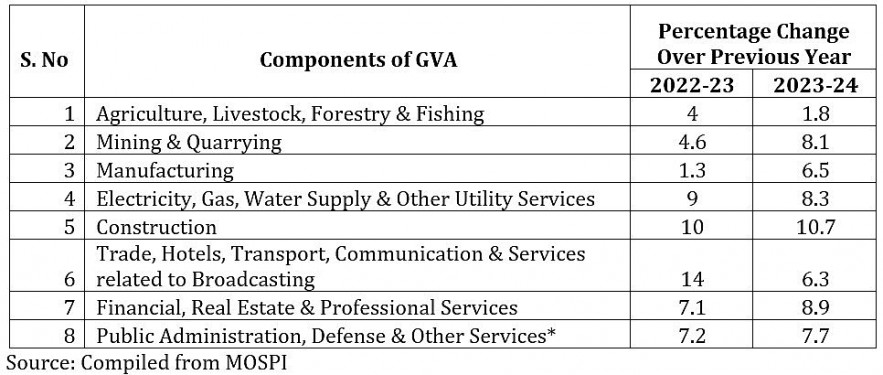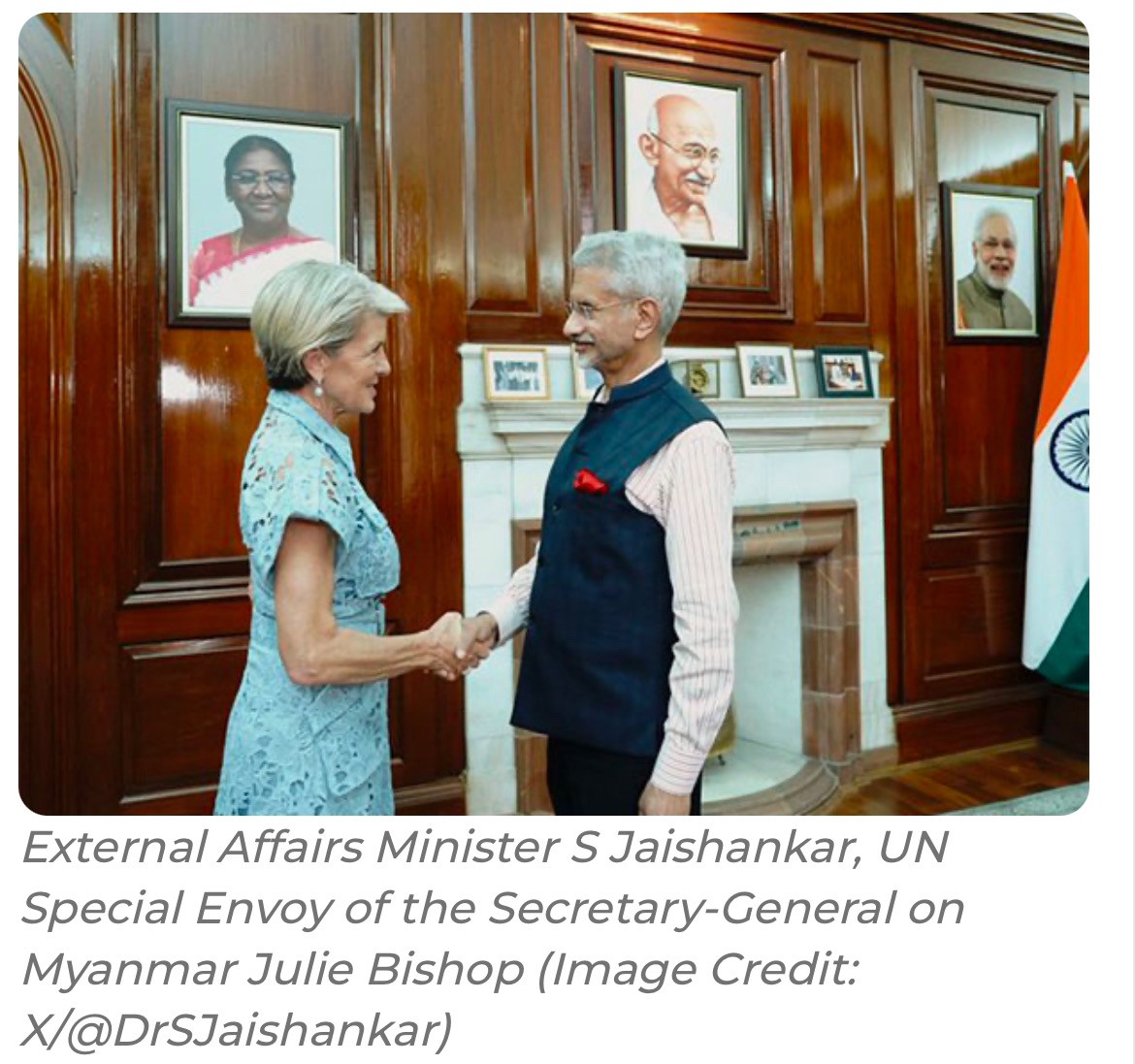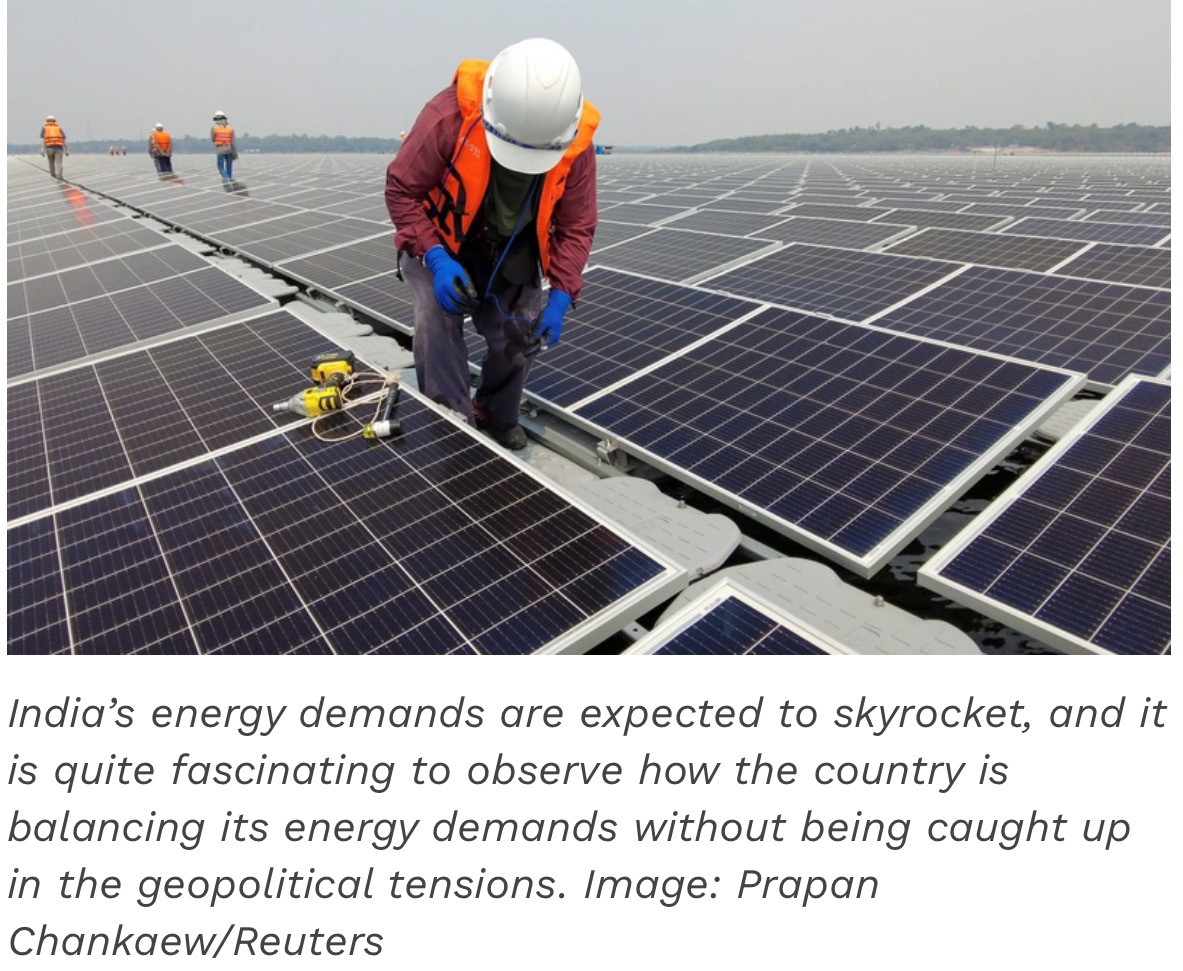GDP Advance Estimates Beat Expectations
The prestigious National and International organizations are depicting India’s growth story. NSO projects India’s GDP at 7.3% in FY2024, the IMF says growth in India is projected to remain strong, the World Bank says India is anticipated to maintain the fastest growth rate among the world’s largest economies, and the UN says India remains the fastest-growing large economy in the world, driven by robust expansion.
The National Statistics Office (NSO) has been releasing the advance estimates of the national income for the fiscal year since 2016–17. These projections play a crucial role in the formulation of the budget for the upcoming fiscal year, along with the projections for the first half of the year. The data used for these projections is derived from the available information spanning the first eight months (April-November) of the fiscal year.
Recently, NSO released its first advance estimates for the current financial year (2023–24). According to the projections, Gross Domestic Product (GDP) is projected to grow by 7.3% in 2023–24, beating all expectations of the forecasters. Even these projections are higher than the RBI estimates of 7% for 2023–24 announced in the December’23 monetary policy committee, at the back of the robust and healthy growth trajectory of the Indian economy.
First Advance Estimates of Gross Value Added (GVA) at constant prices
 |
The sectoral estimates of the advance estimates of Gross Value Added(GVA) at Basic Prices (2011-12) shows this year’s GDP (2023-24) would be led by significantly higher growth of mining and quarrying, manufacturing, construction, and public administration, defense & other services. The mining and quarrying is estimated to grow at 8.1% this year, up from 4.6% in 2022-23, on account of 8.7% cumulative growth for the period of April-September, 2023-24 over the corresponding period of the previous year (2022-23) in the index of mineral production of mining and quarrying according to the provisional estimates of the Indian Bureau of Mines (IBM).
The manufacturing sector would grow from 1.3% in 2022-23 to 6.5% in 2023-24 and the construction sector would observe an increase from 10% to 10.7% in 2023-24. Thus, the industry is expected to lead the growth of GDP in 2023-24. This is on account of the government's "Make in India" campaign, which aims to promote homegrown manufacturing, and initiatives like the production-linked incentive (PLI) plan are responsible for this success. PLI programs have aided in encouraging a number of manufacturing sectors, such as textiles, electronics, and autos. The National Logistics Policy, the Development of Enterprise and Service Hubs (DESH) Bill, and the Bharatmala Pariyojana Project are a few examples of initiatives that have improved prospects in the industrial industry.
The agriculture and allied sectors are projected to be in a steady mode; growing at 1.8% in 2023-24. Since the United Nation General Assembly (UNGA) declared the International Year of Millets (IYM) in 2021, the Government has been actively engaging multiple stakeholders to achieve the goals of IYM 2023 and promote Indian millets globally. Additionally, 25 seed-hubs have been established to ensure the availability of high-quality seeds for improved varieties of nutritious cereals across the country. Currently, there are over 500 start-ups and 350 Farmers Producer Organisation (FPOs) operating within the millet ecosystem. Recently, the Government has approved a Central Sector Scheme to provide drones to Women Self Help Groups (SHGs) from 2024-25 to 2025-26, with a budget of Rs. 1261 Crores. This scheme aims to equip 14,500 selected Women SHGs with drones to offer rental services to farmers for agricultural purposes such as the application of fertilizers and pesticides.
The expansion of the services sector is also encouraging, driven by the growth of the financial, real estate, and professional services, in addition to public administration, defense, and other services. The financial, real estate, and professional services will grow from 7.1% in 2022-23 to 8.9% in 2023-24 and public administration, defense, and other services would increase modestly to 7.7% in 2023-24 from 7.2% in 2022-23.
India is a bright spot in the global economy contributing significantly to global growth. The economy is expected to grow to a size of more than USD 4 trillion in FY 2024-25 and grow to USD 5 trillion in FY 2026–27. By 2030, India will be a USD 7 trillion economy, positioning itself as the 2nd largest economy in the Asia-Pacific region and the 3rd largest in the World economy.
To make the growth more strong and sustainable, India should prioritize the expansion of its manufacturing sector and focus on formalizing the economy. The manufacturing sector contribution to the GDP should increase from the current level of around 17% to 25% by 2030. The strong manufacturing sector will establish India as a global manufacturing hub creating millions of new employment opportunities for the growing young population and a shift of disguised unemployment from the manufacturing sector to the agriculture sector.
It is important to enhance the competitiveness of manufacturing firms in the economy. This could be done by addressing the costs of doing business, including the (1) costs of capital, (2) costs of power, (3) costs of logistics, (4) costs of land and availability of land, (5) costs of labor and availability of skilled labor, and (6) costs of compliance. The cost compliance of Indian enterprises will place India significantly lucrative in the global charts as fundamentals of the economy are remarkably strong as compared with major economies in the world ecosystem.
Recommended
 Economy
Economy
Roots of Enlightenment: India’s Timeless Buddhist Journey
 Economy
Economy
India's Connect with Global South: A Bridge of Shared Heritage
 Economy
Economy
Jaishankar, UN Special Envoy on Myanmar Julie Bishop Discuss Stability and, Refugee Situation
 Economy
Economy
A diplomatic energy balance in a contested energy space
 Economy
Economy
Strengthening Nalanda Buddhism: IHCNBT’s Historic First General Assembly
 Economy
Economy
Rejecting Khalistan Separatism: Former Australian PM Tony Abbott’s Vision for Indo-Pacific Harmony
 Economy
Economy
Vietnam, US Strengthen Trade Ties with US $90.3 Billion in New Agreements
 Economy
Economy
